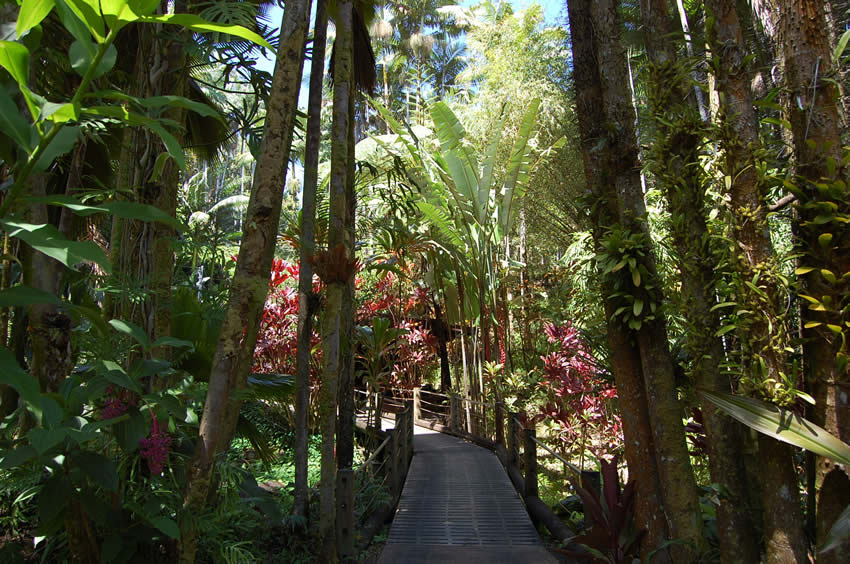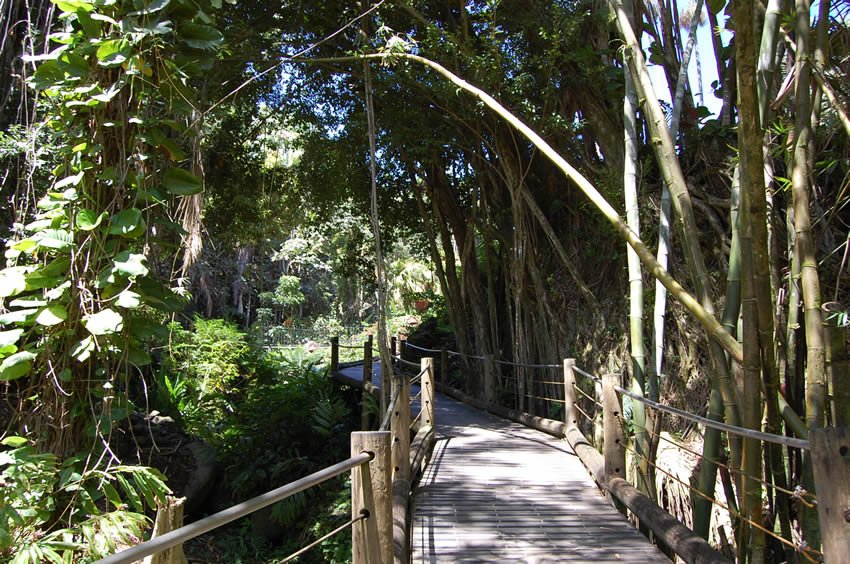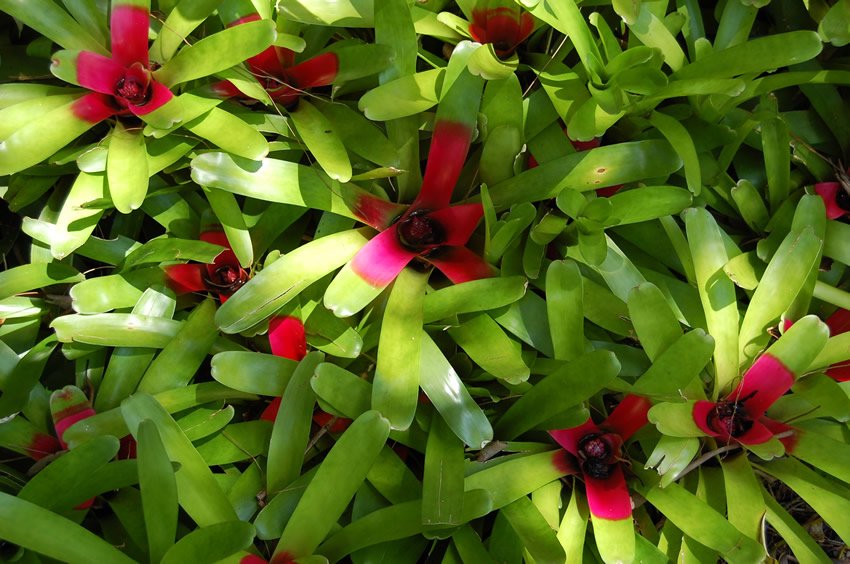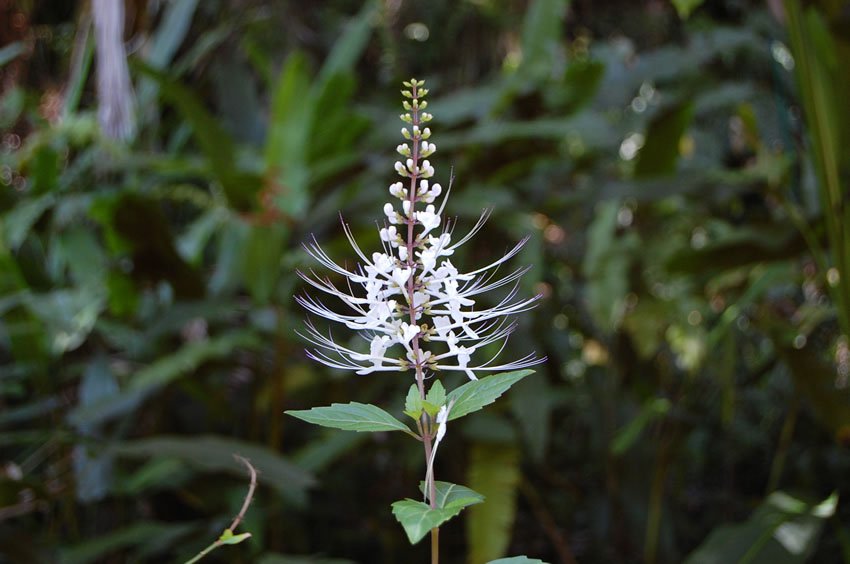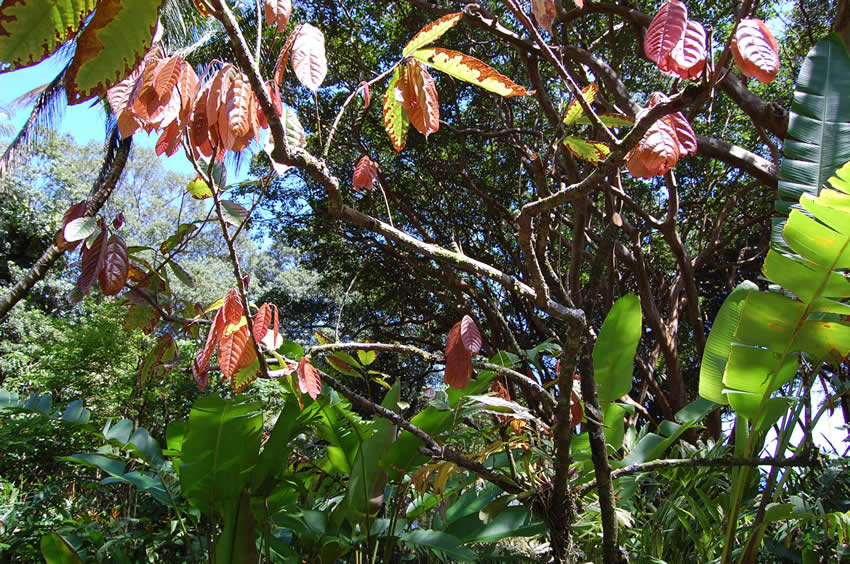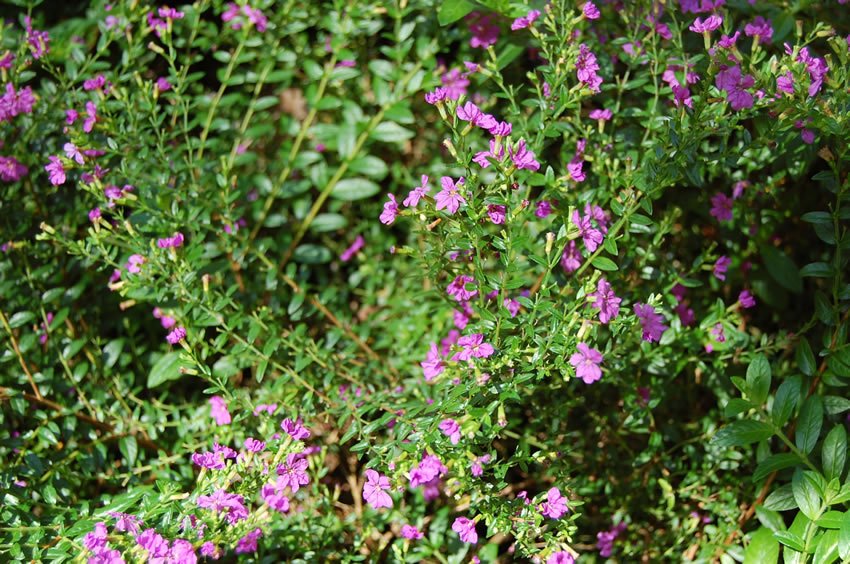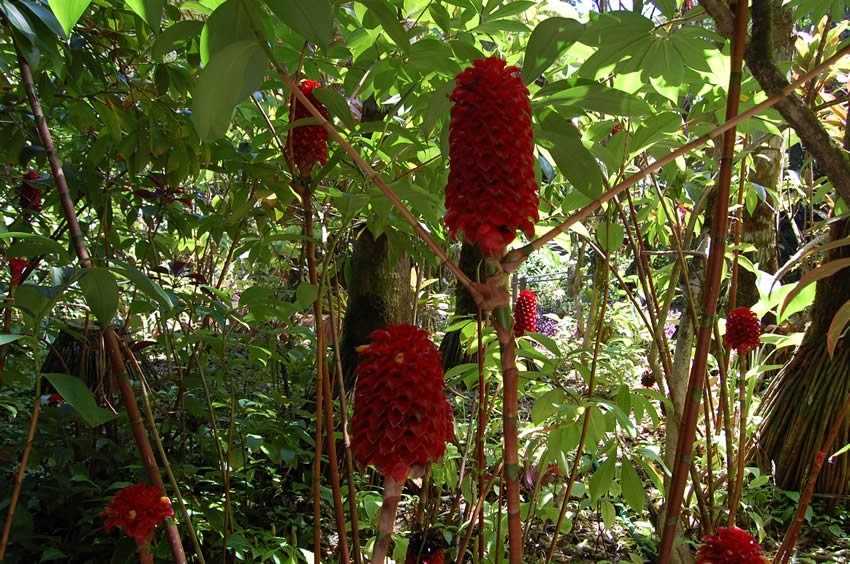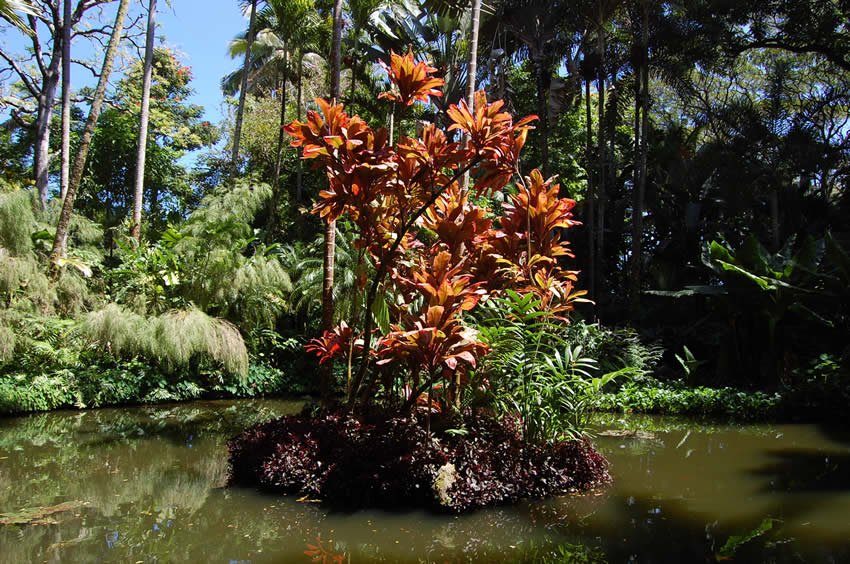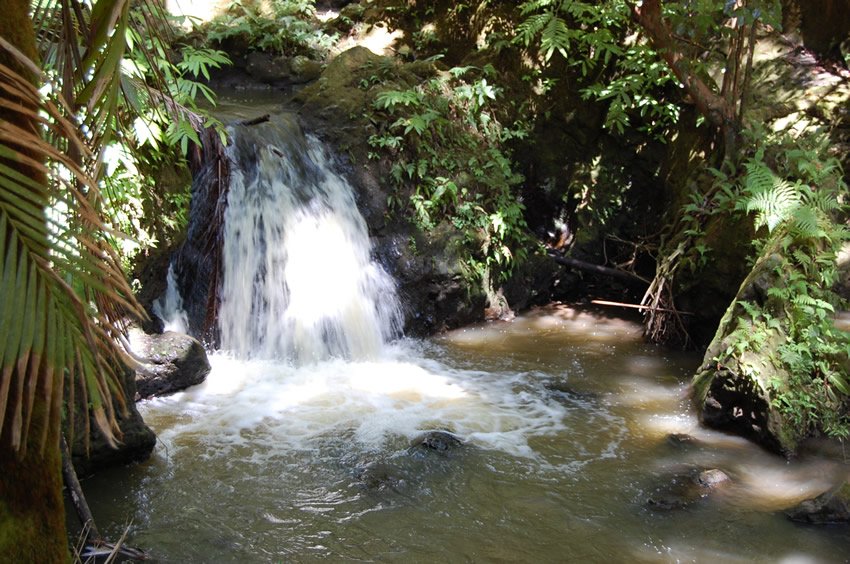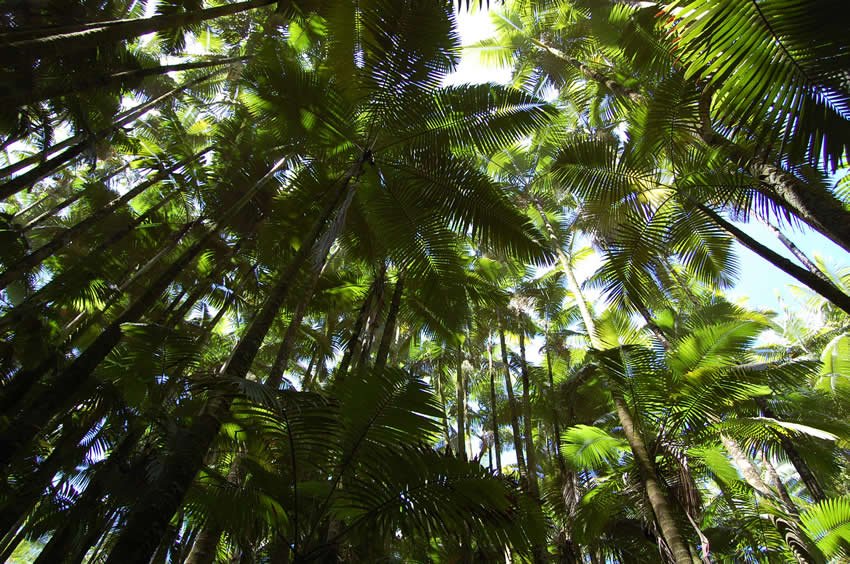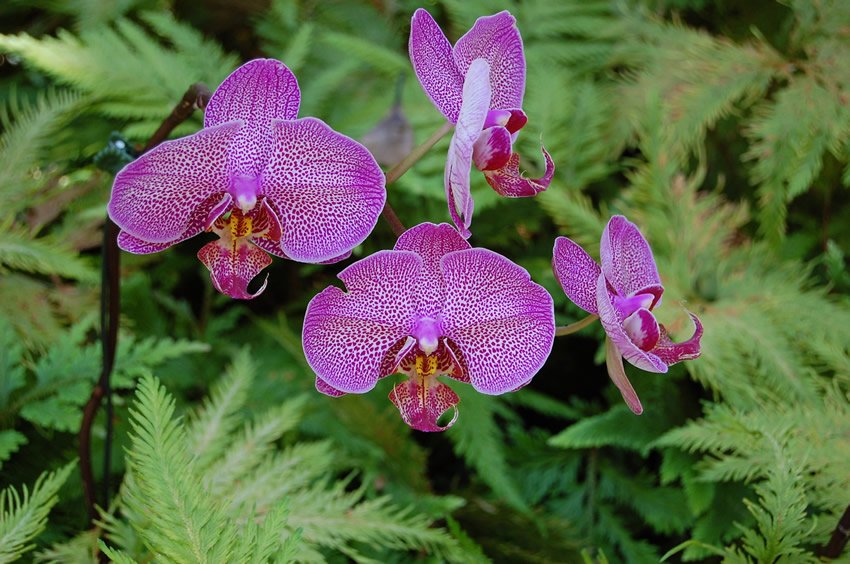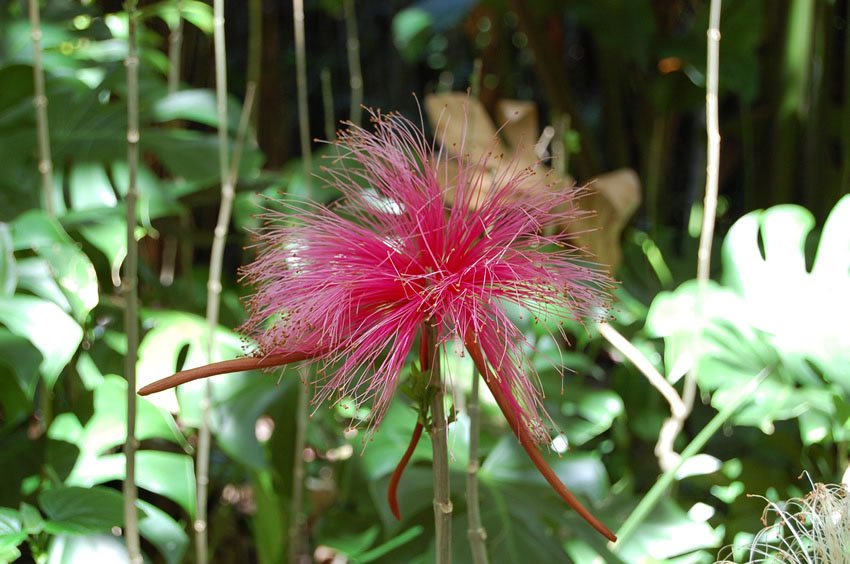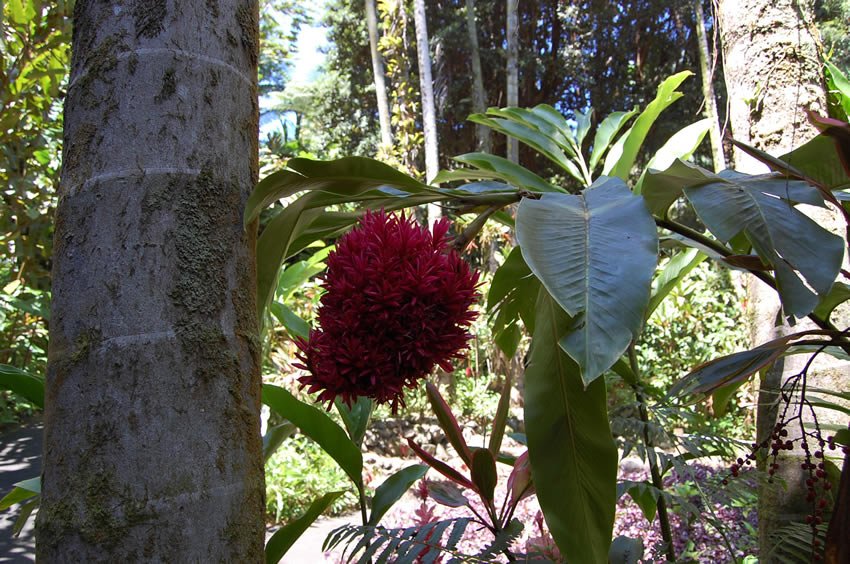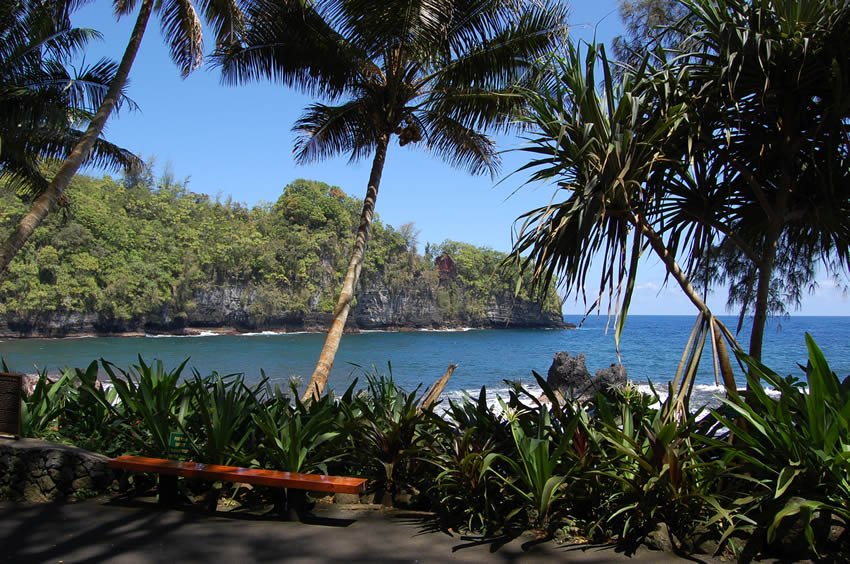Hawaii Tropical Botanical Garden
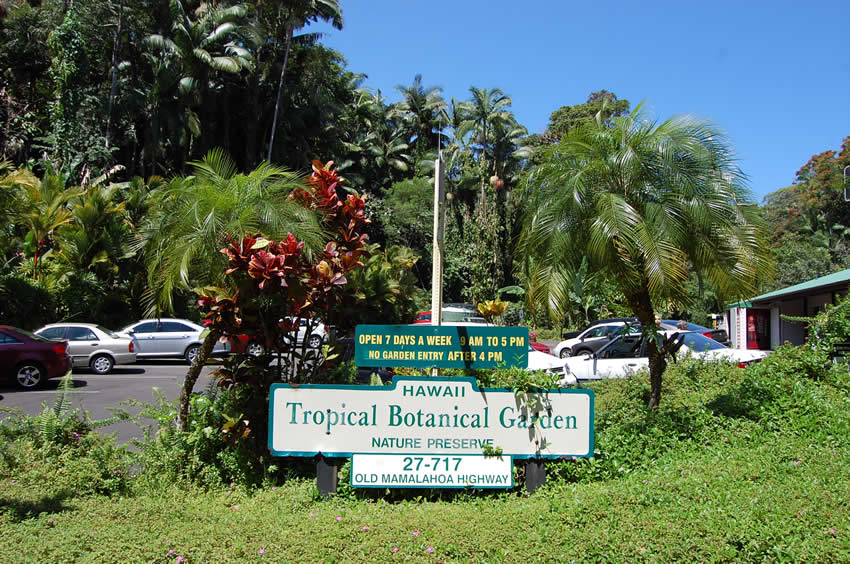
Hawaii Tropical Botanical Garden is a lush 40-acre nature preserve just north of Hilo, showcasing over 2,000 species of tropical plants. With boardwalks winding through a rainforest filled with orchids, palms, waterfalls, and a scenic bay, this garden offers an immersive experience in one of Hawaii's most biodiverse and serene environments.
Hawaii Tropical Botanical Garden, Big Island
This lush botanical garden just north of Hilo is a veritable museum of living plants and a fascinating place to explore. Botanists, photographers, scientists and tourists from around the world come to the Hawaii Tropical Botanical Garden to observe its rich flora representing over 2,000 species. The site offers visitors a chance to explore an authentic Hawaiian rainforest that's just chock full of life.
A raised wooden boardwalk leads you through a lush rainforest. You'll be able to see a variety of tropical flowers and plants, a waterfall and as you reach the shoreline, a picturesque bay. Due to its fertile volcanic soil and moist climate, the garden is able to support an exceptional bounty of species from around the world. More than 125 families and 750 genera are represented.
The garden is also home to a wide variety of fauna, including many colorful birds and reptiles. Here you'll find the gold dust day gecko, a native of Madagascar with striking yellow speckles along its neon green back. The Indian mongoose, a small, agile rodent introduced to the Islands in the 1880s, also makes its home here.
Resident bird species include the native 'auku'u (blue-crowned night heron) and the common mynah, which was introduced many years ago to control pests in the sugarcane plantations. Look closely and you'll also find the 'a'ama crab, a tree-climbing crab that moves faster than you can say "aloha." Common insects include the Sphinx moth and the yellow and black garden spider.
Key Features of Hawaii Tropical Botanical Garden
- Over 2,000 plant species: Showcasing flora from around the world in a natural rainforest setting
- Raised boardwalks: Easy walking trails through jungle vegetation, streams, and waterfalls
- Scenic bay views: Onomea Bay offers stunning ocean vistas along the garden's edge
- Diverse wildlife: Birds, geckos, and other small creatures thrive in this biodiverse sanctuary
- Photographer's paradise: Lush landscapes and tropical blooms ideal for nature photography




Frequently Asked Questions
What makes Hawaii Tropical Botanical Garden unique?
The garden is set in a natural valley with volcanic soil and abundant rainfall, creating ideal conditions for a wide range of tropical plants.
Is the trail suitable for all visitors?
Yes, a raised wooden boardwalk and maintained paths make the walk accessible, though some slopes may be challenging for those with limited mobility.
Can I take photos in the garden?
Yes. Photography is encouraged, and the lush surroundings provide excellent opportunities for nature and macro photography.
Where is the garden located?
It's located at 27-717 Old Mamalahoa Highway, Papaikou, HI 96781, about 8 miles north of Hilo on the Big Island's Hamakua Coast.
What kinds of wildlife can I expect to see?
You may see gold dust day geckos, mynah birds, 'auku'u (night herons), mongooses, and tropical insects like the sphinx moth.









